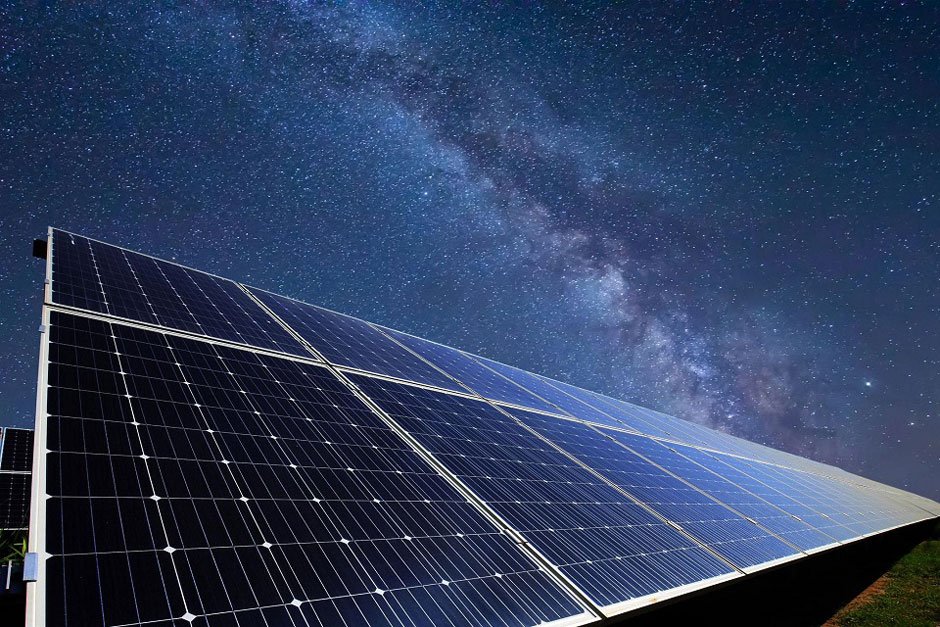What Size Solar System Should You Buy?

As more Australian homeowners turn to renewable energy sources, the popularity of solar power systems has skyrocketed. So, if you are considering converting your home to solar power, one of your most pressing questions may be, “What size solar system should I buy?” Finding the appropriate size for your needs depends on several factors, including your energy consumption, accessible roof space, and budget.
To help you make the right choice, let’s delve into the critical considerations for determining what size of solar system is best for your home.
Factors to Consider
1. Energy Consumption
The first step in determining the proper size solar system for your home is to calculate your average energy consumption. You can do this by examining your utility bills which often provide a monthly or annual usage summary. Ideally, looking at one year’s worth of accounts would be best to get an accurate average.
To estimate the size of the solar system needed, you should convert your daily consumption (in kilowatt-hours) to the corresponding solar panel capacity (in kilowatts). You can divide your daily consumption by the average number of peak sunlight hours per day for your location. Typically, most areas receive an average of 4-6 hours of peak sunlight daily.
For example, if your daily energy consumption is 20 kWh, and your location receives 5 hours of peak sunlight daily, you will need a 4 kW solar system (20 kWh / 5 hours).
2. Available Roof Space
The next factor to consider is the available roof space on your property. Solar panels come in various sizes and require a certain amount of space to be installed correctly. Keep in mind that the orientation and tilt of your roof will affect the efficiency of your solar panels. A south-facing roof with a moderate tilt is ideal for capturing maximum sunlight.
To calculate the solar system size your roof can accommodate, divide the available roof space (in square feet) by the area needed per kW of solar capacity.
3. Budget
While solar systems have become more affordable over the years, the initial investment can still be substantial. Establishing a budget before deciding on the size of the solar system you wish to purchase is essential. Remember that various incentives, tax credits, and financing options are available that can help offset the cost. Research your options and calculate your maximum budget for this project.
Matching the Solar System Size to Your Needs
Once you have considered all the factors above and gathered the necessary information, it’s time to determine the ideal solar system size for your needs.
- Covering 100% of Your Energy Needs: If you wish to eliminate your dependence on the grid and cover all of your energy consumption with solar power, you should opt for a solar system whose capacity matches your daily consumption.
- Offsetting a Portion of Your Energy Needs: If you have a limited budget or roof space or merely want to supplement your grid energy usage with solar power, consider a smaller solar system.
- Expanding Your System in The Future: You can also choose to start with a smaller system and expand it in the future. Consider this option if you expect your energy needs to change in the future or if you plan to invest in electric vehicles or other energy-intensive technologies.
Conclusion
Determining the size of the solar power system that suits your needs best requires careful assessment of your energy consumption, available roof space, and budget. Take the time to analyse your options and consult with solar professionals if necessary. With careful planning, you can maximise the benefits of renewable solar energy for your home.



